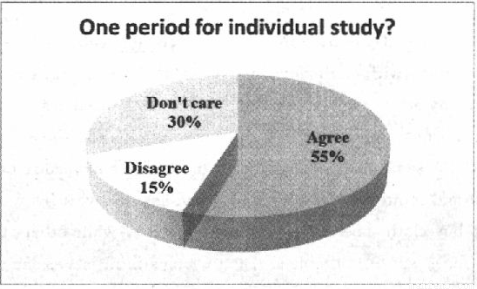题目内容
The internet has become part of young people’s life. 1. report shows that 38% of students often use the internet . Most of them get 2. (use) information on the internet 3. use the internet to help in their studies, but many students don’t use it 4. a good way. Some play games too much, and some visit websites 5. shouldn’t look at. So bad things may happen 6. students spend too much time on the internet.
7. is important for students to use the internet properly. Now we have a textbook, 8. uses many examples to teach students some good ways to use the internet. It gives useful 9.(advise).
Some students also make friends on the internet, but if you want to have a face-to-face 10. (meet) with your online friends, let your parents know and meet in a proper place.
 阅读快车系列答案
阅读快车系列答案

